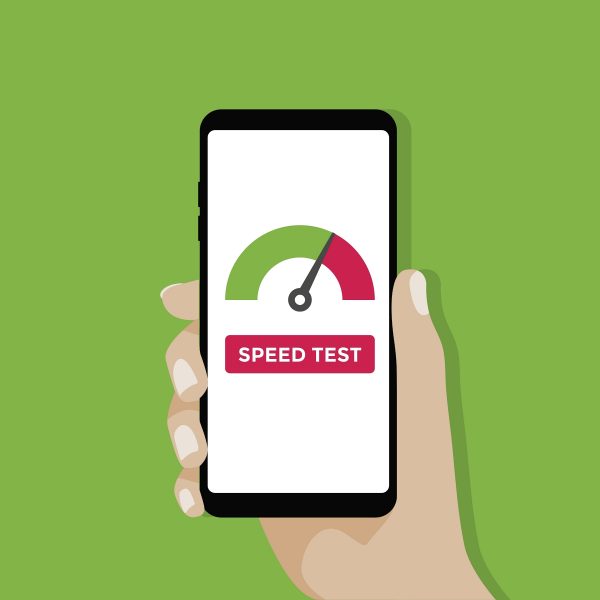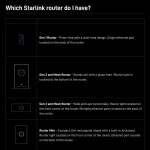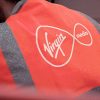Streetwave Test Mobile Data Performance on the Elizabeth Line Train

Network analyst firm Streetwave has today shared the results from a recent survey they conducted, which examined the coverage and performance of 4G and 5G mobile (broadband) networks – including EE, Three UK, Vodafone and O2 – for people travelling on part of the Elizabeth Line (train) from Heathrow Airport (T 2/3) to Canary Wharf.
The rail route involved in this study has, over the past couple of years, benefitted from significant upgrades as part of Transport for London‘s (TfL) wider project to extend 4G and 5G mobile signals across the London Underground (i.e. stations, tube trains and tunnels etc.). In the past, the possibility of maintaining a mobile signal on this line would have been an exercise in frustration, but today things are very different.
Streetwave is understood to have taken their portable data collection equipment onboard for just one of these trips, thus the results below should be considered quite anecdotal, albeit still interesting. The test was also conducted during the morning rush hour period (i.e. the train was full for most of the journey), starting at 7:51am on 23rd May at Heathrow Airport.
Advertisement
The train itself was a British Rail Class 345 Aventra operated by MTR Elizabeth line. All four of the UK’s mobile operators were measured and their ‘Essential Coverage‘ scores across the journey were as follows. Streetwave defines Essential Coverage as being reflective of locations where the network provides users with speeds of above 1Mbps download, 0.5Mbps upload, and below 100ms (milliseconds) of latency (i.e. covering or allowing only the most basic of use cases / needs).
Essential Coverage Achieved on the Elizabeth Line
1. EE – 86%
2. Vodafone – 80%
3. O2 – 65%
4. Three UK – 49%
Put another way, the company’s simulated passenger on each network spent the following amount of time with a dependable internet connection on the 48-minute journey: EE – 41 minutes, Vodafone – 38 minutes, O2 – 31 minutes and Three UK – 24 minutes.
Clearly EE and Vodafone are doing well here, while there’s plenty of room for improvement with respect to Three UK (they probably haven’t activated their network on all the segments yet, as it’s shared infrastructure). The study also tracked the average (median) mobile broadband download speeds of each operator, which naturally showed a fairly positive result for three of the four major mobile networks.
Median Download Speeds by Mobile Operator
1. Vodafone – 35 Mbps
2. EE – 25 Mbps
3. O2 – 19 Mbps
4. Three UK – 11 Mbps
Once again, it’s important to stress that this is a very positive outcome, given how we’re talking about a line that runs mostly underground, and the tests were conducted during the morning rush hour (i.e. the highest network load). The fact this works at all is impressive and even Three UK’s speed is enough to do most basic tasks, even if their ability to maintain that connection still needs work.
Advertisement
The Elizabeth Line stretches over 100 km – connecting Reading, Heathrow, Canary Wharf and Essex to Central London. It carries over 4 million passengers a week, making it one of the busiest railways in the country.
Mark is a professional technology writer, IT consultant and computer engineer from Dorset (England), he also founded ISPreview in 1999 and enjoys analysing the latest telecoms and broadband developments. Find me on X (Twitter), Mastodon, Facebook, BlueSky, Threads.net and Linkedin.
« CityFibre UK Finish Primary £58m FTTP Broadband Rollout in Reading























































Interesting to see Three UK’s slow move over these initiatives especially when compared to Vodafone, soon-to-be foe turns friend.
NB: Elizabeth Line operation had passed to a new operator led by Go-Ahead Group.
The article is correct that at the time, MTR ran the line. Go-Ahead only took over a few days ago on Sunday. Not that it really matters given the provision of mobile service is independent of the operator.
I would expect the operators to be the same through the underground section of the line, so this is really a test of the Paddington to Heathrow section, including the Heathrow tunnels.
The biggest problem I see on EE is my phone flipping between the station WiFi and the mobile networks. I can’t disable either since different sections of the underground network need different connections. Perhaps when we have 5G everywhere, I can ditch EE WiFi.
Mark, have there been any updates on the 4G rollout? I believe the last one was in December.